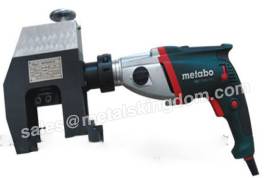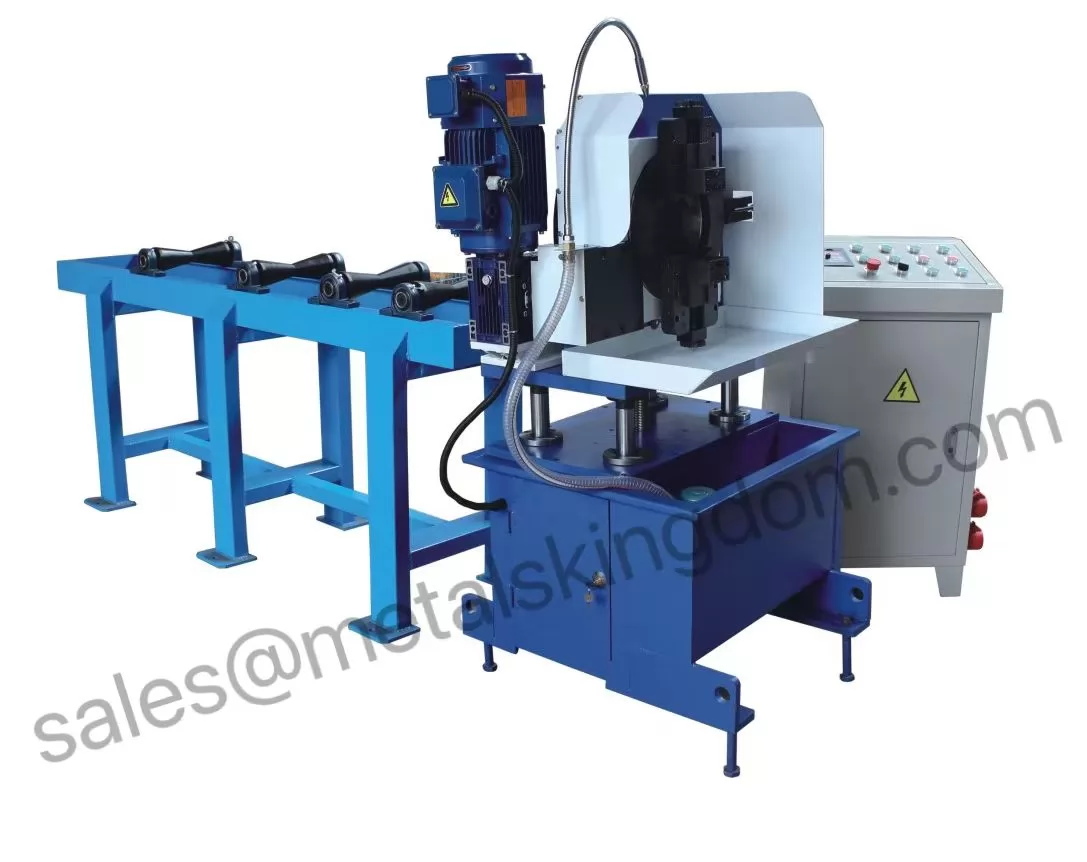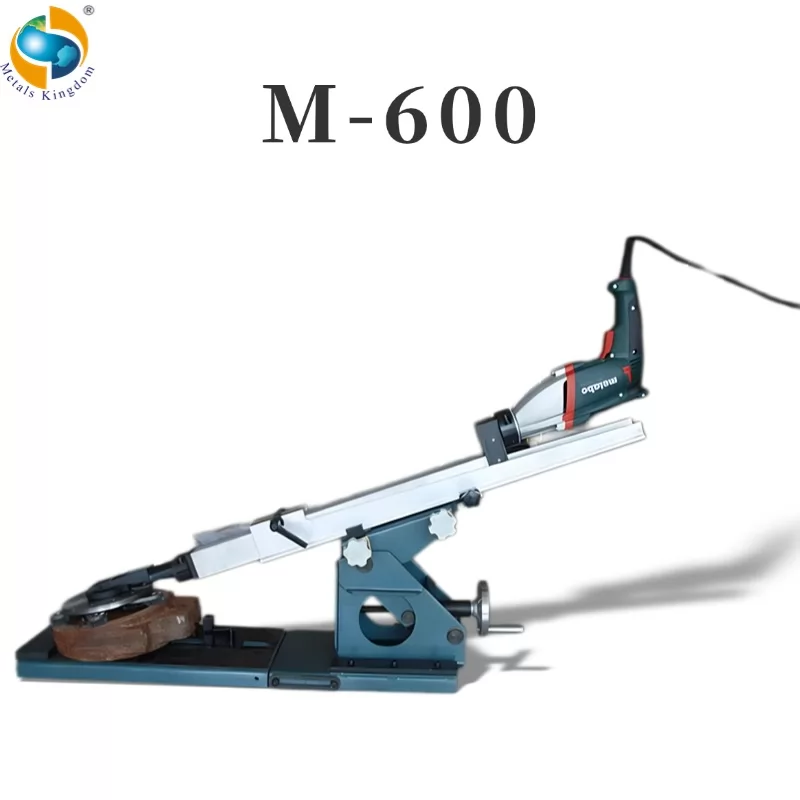With the development of offshore oil and gas development, the number of oil and gas fields has increased year by year, and the number of oil and gas pipelines in service has also increased year by year. With the increase in the service life of submarine pipelines, the corrosion of seawater, the aging of submarine pipelines, and the impact of modern human fishing activities, there are more and more incidents of submarine pipeline failures. The operation, cutting and replacing the damaged sea pipe. Underwater cutting has a higher risk. Underwater cutting has a high risk, the diver is faced with electric shock, explosion, burns, drowning and other injuries, especially in the oil and gas structure cutting operations are more dangerous, cold cutting in Marine engineering construction has been a good application.
1 Cutting of subsea oil and gas pipelines
1.1 Selection of cutting method
Submarine thermal cutting is the concentrated heat energy that melts and separates submarine tubes to achieve the goal of cutting submarine tubes. Before the submarine pipe cutting operation, the natural gas in the submarine pipe will be emptied, but it is not ruled out that there will be residual natural gas in the submarine pipe. In the case of contact with open flames, the natural gas remaining in the pipe may explode, resulting in accidents such as casualties. Therefore, the target oil and gas submarine pipe cannot be hot cut, so cold cut is selected. Cold cutting is a technique or method that does not generate high temperature during the cutting process so that the object to be cut maintains the original material characteristics. There is no drastic temperature change during the cutting process, and the temperature rise usually does not exceed 40 degrees Celsius. Friction cutting method: usually using a grinding wheel saw blade, the cooling process is used to cool the cutting process to achieve the effect of cold cutting; cutting method: the cutting operation is performed by cutting, and the cooling process is used to cool the cutting process to achieve the effect of cold cutting, such as sawing Sheet cutting: chemical method: using different corrosive materials to cut the object to be cut. After cutting off the damaged sea pipe, the remaining end of the sea pipe needs to be welded with flanges, which requires a smooth end face with a bevel, etc. In order to make the cutting operation in one step, avoid repeated cutting and improve the efficiency of construction operations, Pipe beveling machine is used for cutting off sea pipe.

Pipe Beveling Machine
1.2 General steps for underwater construction of pipe beveling and cutting machine:
The diver ’s underwater inspection confirms that the submarine pipe cleaning is completed to meet the cutting operation and after; the flange welding requirements are met. The ship deck personnel use the winch, crane or diving rope to lower the beveling machine, and split the beveling machine into Two halves. After being lowered into place, the diver completes the installation of the beveling machine and connects the hydraulic lines. Keep good communication between the beveling machine supervisor and the diving control room. The beveling machine supervisor and the diving supervisor conduct communication tests to confirm that the communication is normal and start cutting. The diver leaves the cutting point of the submarine pipe and observes the operation status of the pipe beveling tools within the visible range. The diver reports the diving supervision after being in place, and the beveling machine supervisor starts the trial operation of the bevel after receiving the report of the diving supervision machine. The trial run of the beveling machine is normal. The diver performs the cutting operation of the beveling machine under the instruction of the supervising of the beveling machine. After the cutting is completed, the beveling machine starts to run the cutting operation of the sea pipe. The generated iron filings can avoid the phenomenon of jamming due to the inclusion of iron filings. After the cutting at this depth is completed, the beveling machine is stopped, and the diver adjusts the beveling machine's feed, and repeats the above operations one at a time, cutting until the sea pipe is separated, and the cutting operation is completed.












